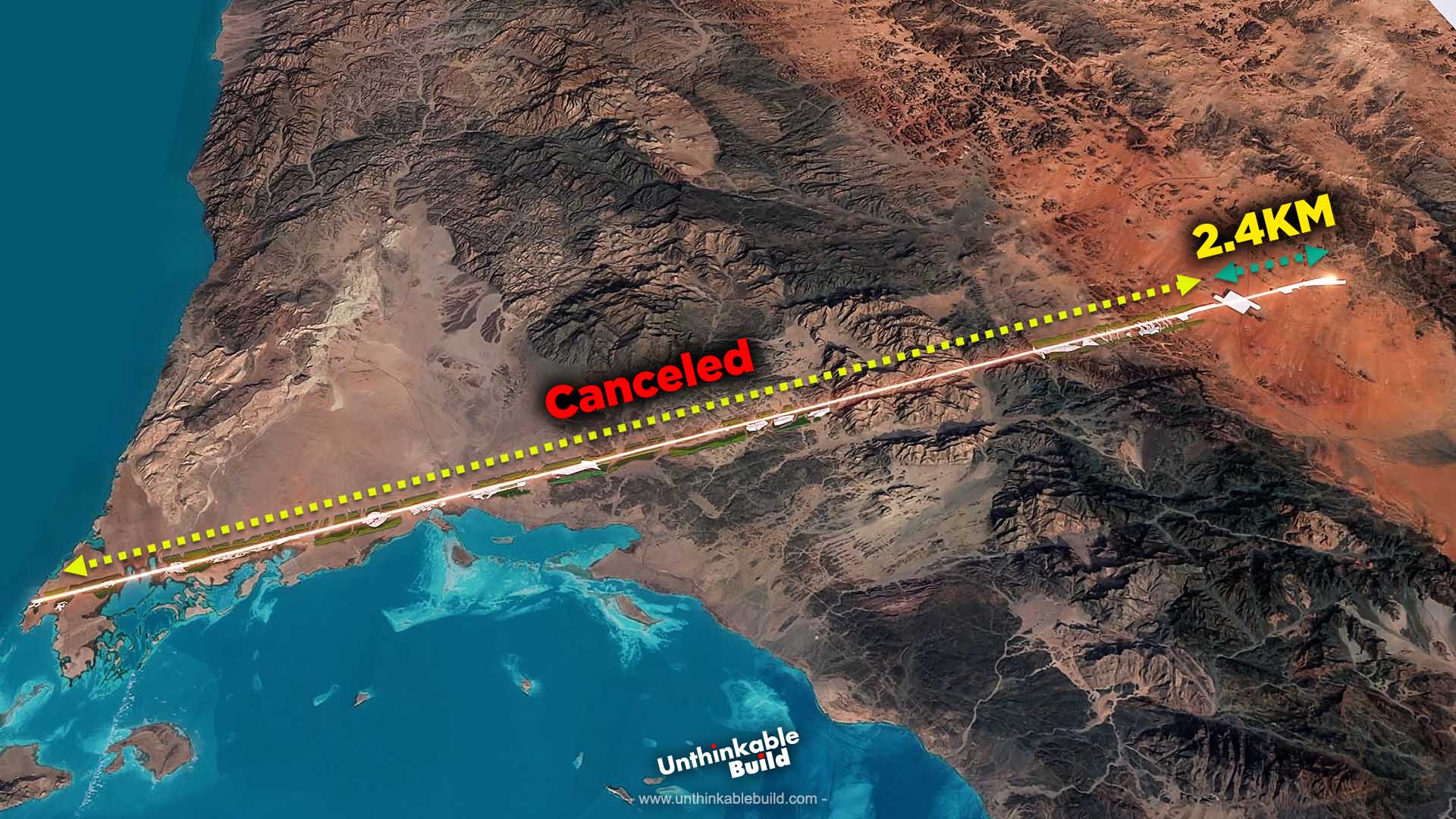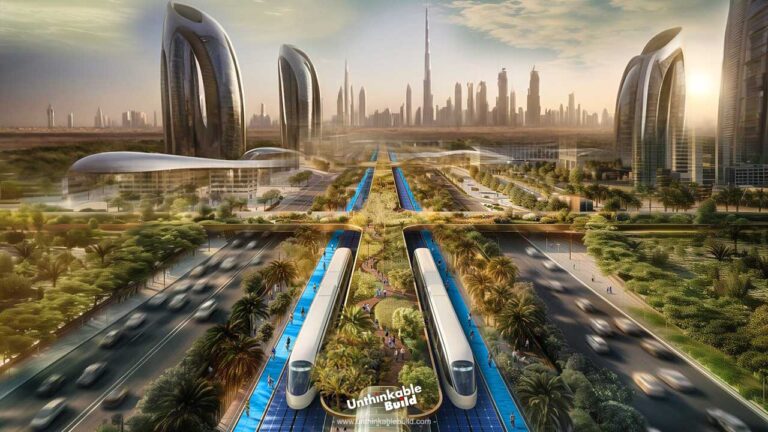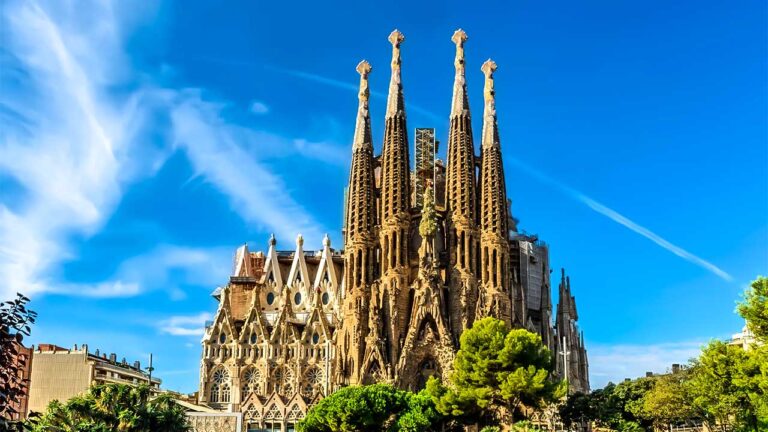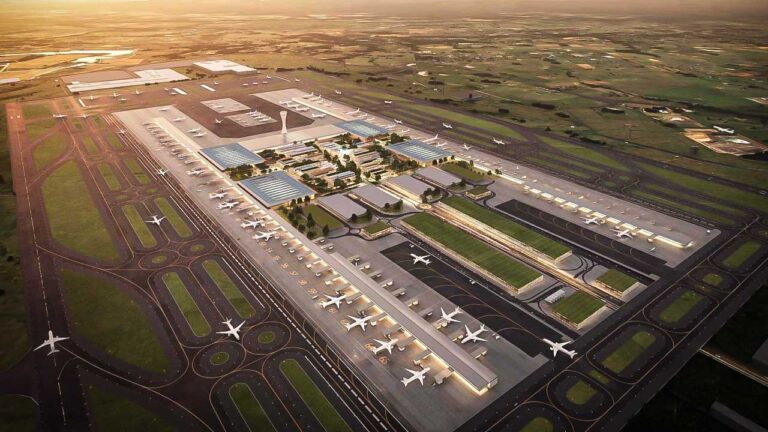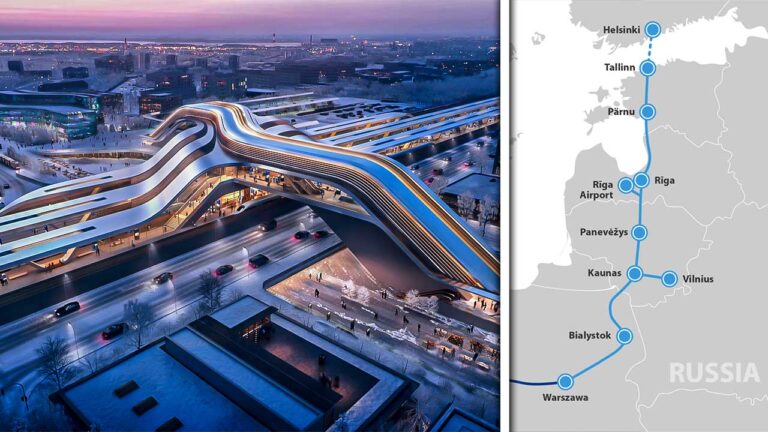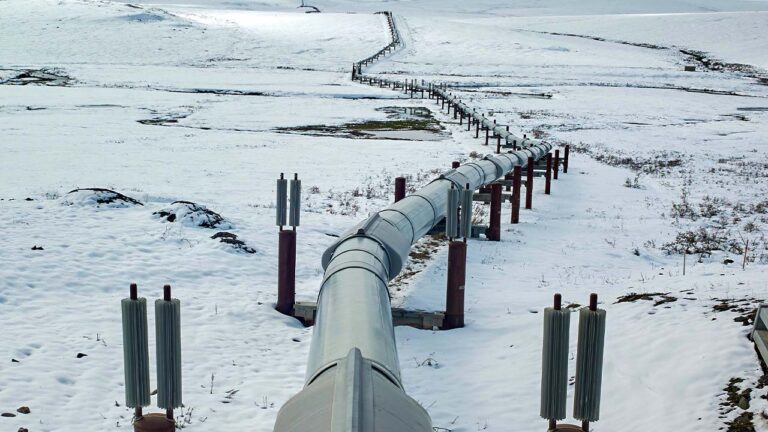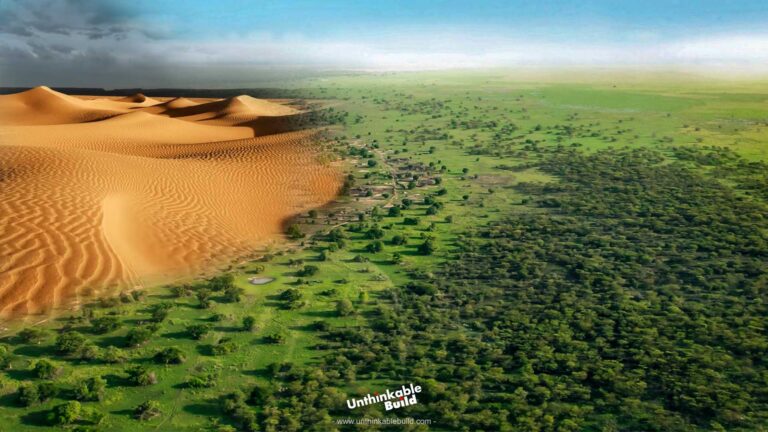Saudi Arabia’s The Line Shrinks to Just 2.4 KM?
The Line is an ambitious and innovative smart city project in Saudi Arabia’s Neom, in the northwestern Tabuk Province. It’s a city without cars, streets, or pollution, where sustainability is at the heart of everything. That’s the vision behind The Line. Stretching 170 kilometers across the Saudi Arabian desert along the coast, this futuristic city will be home to up to ten million people, all living in harmony with nature.
What makes The Line truly unique is its commitment to renewable energy, ensuring a cleaner, greener future. The city will be monitored by cutting-edge technology to keep everything running smoothly, and its one-of-a-kind three-layer design is set to revolutionize how we think about urban spaces. With an estimated cost of 200 to $400 billion, The Line is more than just a city, but a bold step towards reimagining how we live.
Excavation work for The Line project has officially started, marking a significant step forward in this ambitious venture. However, rumors are swirling—some say the Line project has been drastically scaled back, while others even suggest this mega project might be abandoned altogether. Could there be any truth to these claims? And beyond The Line, what progress has $1 trillion venture of Neom made with its other projects?
The idea for The Line was born out of the need to accommodate Saudi Arabia’s rapidly growing population, which is expected to reach 50 million by 2030. With existing infrastructure likely to be stretched thin, the vision of Saudi Crown Prince Mohammad Bin Salman to create an entirely new city from scratch took shape. During brainstorming, a creative designer proposed a bold move — from the usual circular city layout to a linear design, and that’s how The Line project was conceived. This isn’t just about building a city, but about prioritizing health and well-being, offering a new way of urban living with unmatched efficiency. Interestingly, the design also takes cues from Peter Cook’s visionary Plugin City ideas from the 1960s.
Also Read: France’s New Floating Arctic Research Project: Tara Polar Station
This visionary city of the future will stand an impressive 500 meters tall and span 170 kilometers in length, to house up to ten million residents. Powered entirely by renewable energy, The Line aims to be an ideal city sustainable living. But what truly sets it apart is its commitment to safety. It is envisioned as a city with a zero crime rate, achieved through the integration of cutting-edge Artificial Intelligence that will monitor and manage various aspects of the city, from public safety to daily operations, ensuring a secure and harmonious environment for its residents.
The Line’s extraordinary scale, audacious vision, complex design, and associated hurdles set it apart as a truly unique project, one that seems unlikely to be mirrored anywhere else, even in the world’s most advanced countries. Given these features, since its announcement in 2021, some people have dismissed it as either an impossible feat or just a flashy publicity stunt.
However, the world was surprised to see this seemingly impossible project, which aims to integrate all contemporary comforts into a single cohesive space, begin to make tangible development. World’s biggest earthwork operation for The Line is advancing rapidly, with construction moving forward at an impressive pace. Despite this, there is a common misconception that The Line mega project will be completed by 2030, similar to other Neom projects like Sindalah, Oxagon and Trojena. In reality, the timeline for The Line’s full realization is likely to differ significantly, reflecting the scale and complexity of the endeavor.
The Line will be rolled out in multiple phases, starting with an initial 2.4-kilometer or barely 2% of the proposed length that aims to accommodate up to 1.5 million people by 2030. This ambitious first phase of The Line is meant to showcase the project’s potential. However, due to various challenges like possible delays and adjustments in project scope, the number of residents for the initial phase might be scaled back to around 300,000. Although Neom hasn’t officially confirmed this downsizing of The Line, it is rumored to be due to a shortage of funds.
Alongside Neom, Saudi Arabia is embarking on 13 other giga construction ventures, with a staggering combined value in $1 to $1.5 trillion. These include an entertainment city called Qiddiya, just outside Riyadh, luxury island resorts on the Red Sea, and a range of exciting tourist and cultural spots. Yet, with oil prices dropping and impacting government revenues, Saudi Arabia is now reassessing these grand plans and looking for new ways to fund them.
In this situation, the key to completing all the projects hinge on securing significant foreign investment. However, attracting this investment on such a wide scale isn’t easy. Although there’s been notable interest from investors around the world, especially from China, no major deals are finalized so far. As a result, the Saudi government is ramping up its efforts to bring in the necessary funding for Neom.
Recently, NEOM has launched an investment fund aimed at pioneering next-generation industries and creating joint ventures with multinational companies. This is part of a broader effort to solidify NEOM’s position as a global hub for innovation and sustainability
Neom and The Line are at the heart of Saudi Arabia’s Vision 2030, designed to capture global attention with their design and scale. But if these mega-projects were ever canceled or scaled back, the excitement and curiosity they’ve sparked around the globe could quickly fade.
Now, what would a downsized or mini version of The Line actually look like? Even if it were shortened to 2.4 kilometers, it would still be a massive undertaking for being a car-free, entirely renewable city, all powered by state-of-the-art artificial intelligence. If they’re shrinking The Line, it’s only natural to wonder if other features like its towering height or the high-tech systems might also be trimmed down to make the project less expensive and more practical.
Also Read: Hawaii’s $12.4 Billion Transport Dream: What Went Wrong?
But there’s another big question: Where would this “Mini-Line” be built? Saudi Arabia has already dug up over 100 kilometers of land for the massive Line project, starting near the Gulf of Aqaba, cutting through deserts and mountains, and ending in the Shigry region. It seems likely they’d want to use some of the foundations that are already in place, rather than letting all that effort go to waste.
Take the 30-kilometer in the east stretch through rocky, mountainous terrain, for instance, but that doesn’t seem like the best spot for The Line, given that significant digging hasn’t even started there. The 100-kilometer western section, on the other hand, seems more promising, especially since it’s close to other Neom projects along the coast of Red Sea. If they build the Mini-Line here, they could even keep the planned marina, a huge port for cruise ships that was part of The Line’s original vision. Work on this marina is already the world’s largest earth-moving operation in 2023, so it makes sense not to abandon it.
There’s also a chance they might build the Mini-Line near Gayal, a newly developed town to the east that was set up to support The Line’s construction. With towns nearby, Gayal might be the easiest spot to build, offering better access to workers and construction materials. Furthermore, its coastal location between Sindalah Island and Oxagon makes it a great hub for travel between Neom sites.
Interestingly, one part of the original excavation site stands out, that is slightly deeper and busier than the rest. Hundreds of vehicles there, making it one of the most active spots along the proposed site of The Line. Interestingly, this busy section measures exactly 2.37 kilometers, just about the same length as the proposed Mini-Line.
Do you believe this will be the site where The Line begins, or might it start elsewhere?

